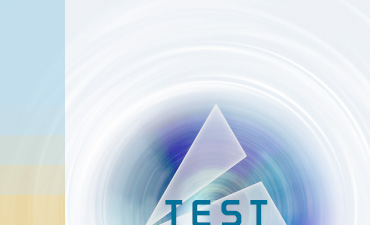

ATTENTION!
WE HAVE CHANGED THE FAX NUMBER AND POST ADDRESS
Non-destructive testing
Non-destructive testing (NDT) is an analysis technique used in scientific fields to determine the state or function of a system by comparing a known input with a measured output, without the use of invasive approaches like disassembly or failure testing. Because NDT does not require the disabling or sacrifice of the system of interest, it is a highly-valuable technique that saves both money and time in product evaluation, troubleshooting, and research. Common NDT methods include acoustic testing, liquid penetrant testing, and radiographic testing. NDT can be used with any isolated input / output system, and is a commonly-used tool in forensic engineering, mechanical engineering, electrical engineering, civil engineering, systems engineering, and medicine.
Background and Principles
NDT involves comparing a known input to a measured output and comparing to a known model - does not require the sacrifice of the physical system, as would be the case with disassembly, dissection, or failure testing. Such methods are known as Non-Destructive Testing techniques. Because the physical system does not need to be sacrificed or damaged for NDT tests, such techniques are valued for saving time and money. On the other hand, NDT methods do not always reveal hidden defects, and skill is usually needed in interpreting the results. Such NDT methods are important in litigation because the material evidence is preserved intact.
Methods
NDT methods usually rely on use of electromagnetic radiation to examine samples. Initially, this includes most kinds of microscopy to examine external surfaces in detail. The examination is often reasonably obvious especially when different light sources are used. Thus glancing light on a fracture surface will reveal details not immediately obvious to sight. The inner parts of a product can be examined using other kinds of radiation which can penetrate the material, such as X-rays or ultrasound. Contrast between a defect and the bulk is always an important consideration, and may be enhanced by using liquids for example to penetrate fatigue cracks, provided that the liquid has absolutely no effect on the sample being examined.
This article is licensed under the GNU Free Documentation License.
It uses material from the Wikipedia article "Nondestructive testing".